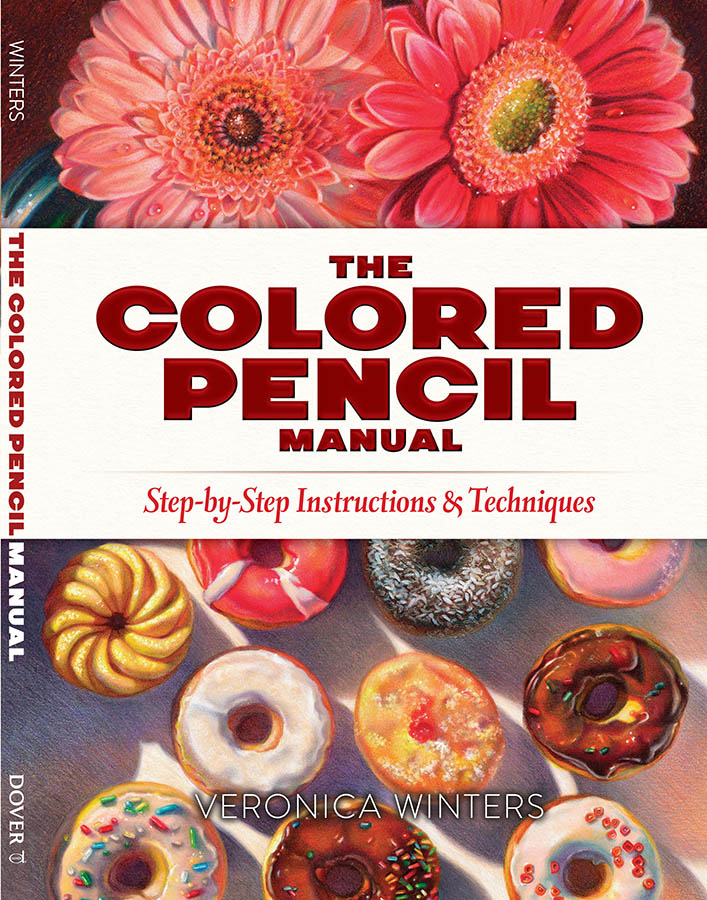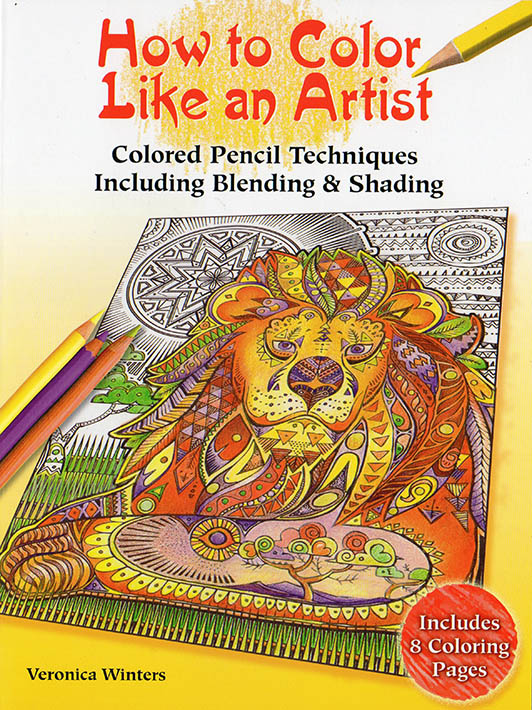Learn how to create depth and dimension in your colored pencil drawings with these top four colored pencil shading techniques. In this article you’ll discover the most useful shading techniques that you can apply to any subject you draw. I also share some necessary tools that can help you create colorful pencil drawings.
Colored pencil shading techniques in art help create the illusion of depth, volume, and form in a two-dimensional artwork.
Before you begin drawing, place your paper on a hard and smooth surface. You can use the backing from your drawing pad. Don't draw on soft surfaces under your paper because your drawings will lack definition. It's much easier to create tight shading and sharp edges drawing on paper that has a field sketch board underneath it. They come in different sizes under many brands.
#1 Crosshatching in colored pencil drawing
Crosshatching in art definition:
Crosshatching is the most useful colored pencil shading technique that’s used to create a variety of effects in colored pencil drawings including volume creation and blending. Hatching involves creating parallel lines or strokes to indicate shading. The lines can be closely spaced or widely spaced, depending on the desired effect. By varying the density and direction of the lines, different values and textures can be achieved.
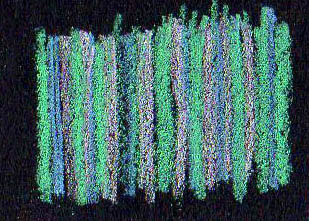
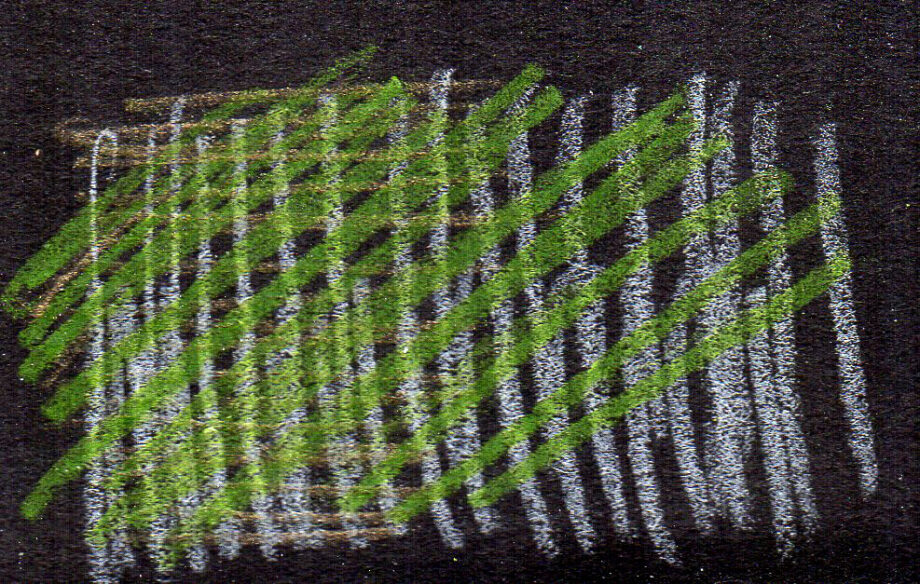
Cross-hatching is similar to hatching, but it involves layering sets of parallel lines in different directions. By overlapping the lines, darker and more complex shading with colored pencils can be achieved, creating depth with colored pencils. When I crosshatch the lines, I rotate my paper often to create tight shading with depth and volume. If you shade every object in one direction, you’ll make it look flat lacking volume. Crosshatching is the most useful shading technique for beginners and advanced artists.
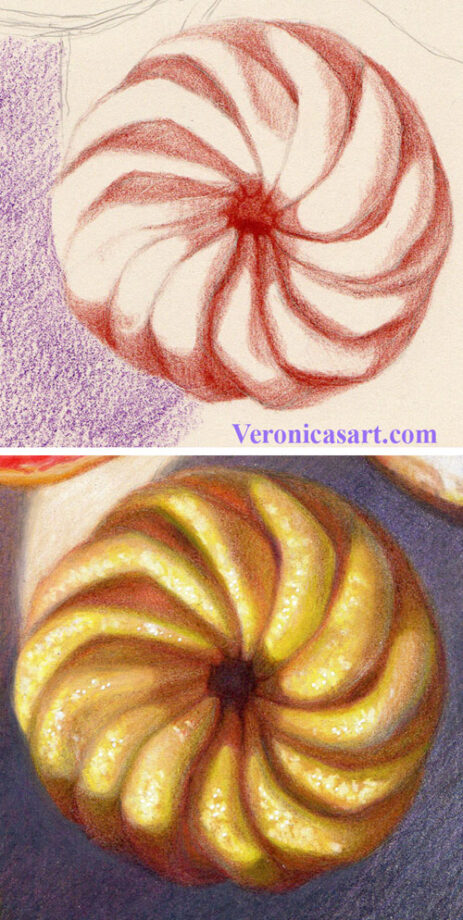
#2 Colored pencil shading with tiny circles
I often use shading with tiny circles to blend colored pencils, to soften the edges around the highlights, to make transitions between the tones, and to add colorful dimension to my art. This meticulous method of shading with tiny circles allows for precise control in color application. Because we see no visible lines, shading with tiny circles allows artists to create subtle variations in light and shadow, adding dimension to colored pencil drawings.
Pencil pressure is important using this shading technique. The more pencil pressure you use, the more blended the surface will be. Usually, art students look for special tools and blending techniques for colored pencils, but most blending can be done with simple shading with tiny circles, drawing on Bristol Vellum paper!
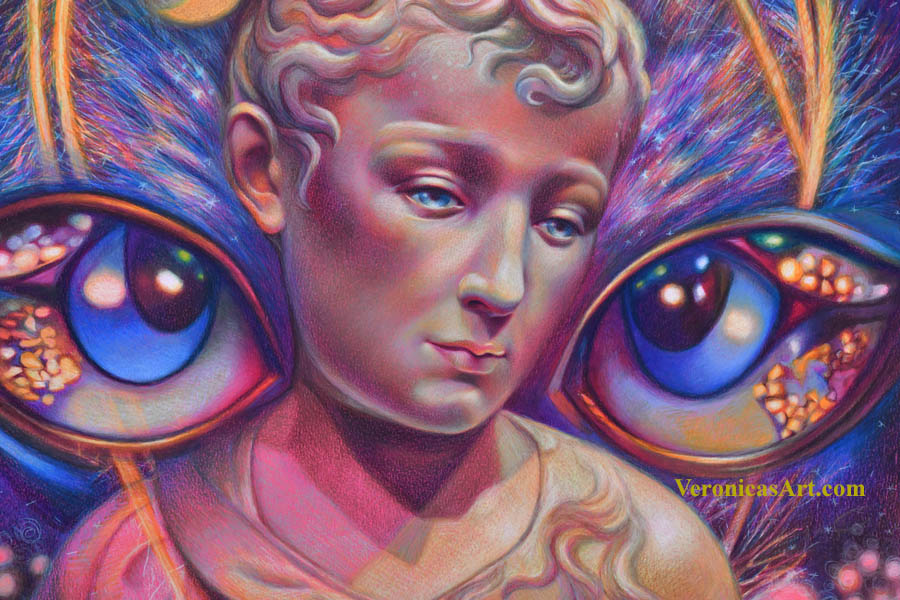
#3 Creating contrast with strong and soft edges in colored pencil drawing
Creating depth with colored pencils involves artistic control of edges. Art students shade everything the same way. Therefore, art lacks contrast and definition. I make a creative decision what I want to have in focus and out of focus. This is where the edges come in. To define the edge you must use a very sharp point of colored pencil. Re-define and outline the sharpest edges during your entire shading process because they tend to disappear during shading with colored pencils. Step back from your drawing to see if they pop or not. I usually place sharp edges in my focal point.
Not everything must have a strong edge. Some edges must remain soft and muted as we see them in real life. Therefore, I intentionally blend, soften or crosshatch some of the edges to keep them out of focus. It’s one of the most useful colored pencil shading techniques.
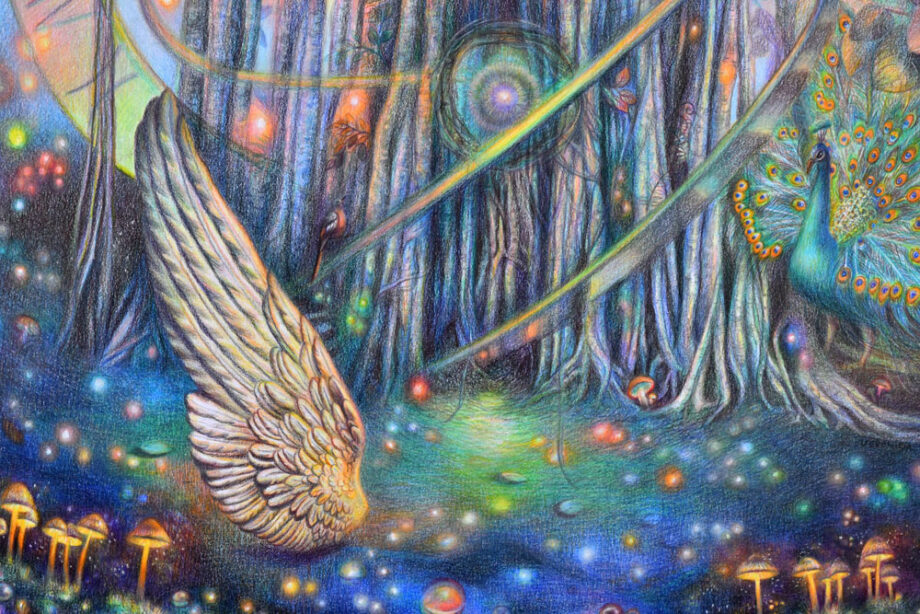
#4 Shading with greys to blend the colored pencils
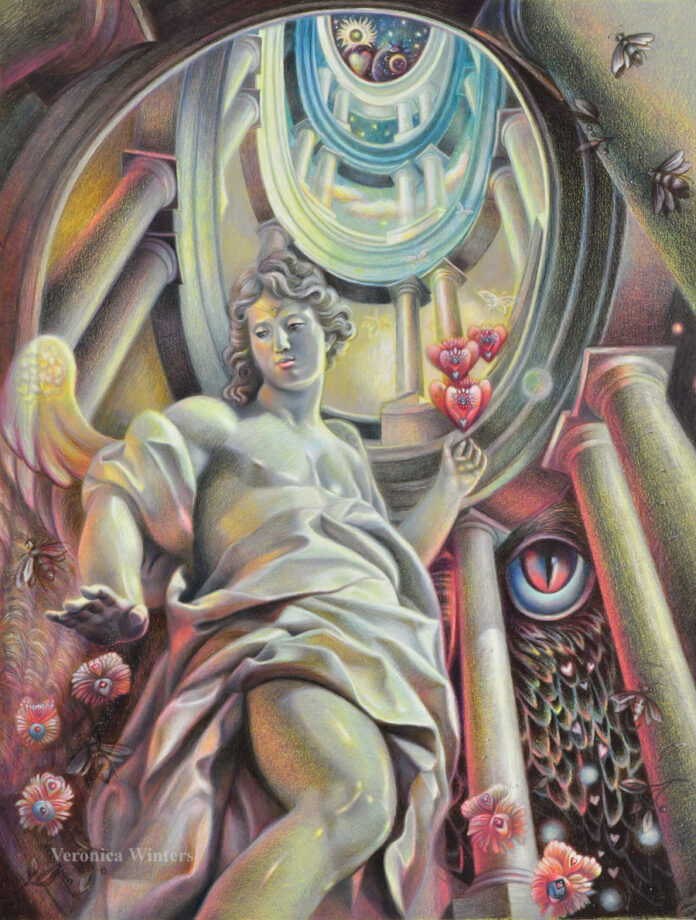
I love adding dimension to colored pencil drawings by shading with grey colored pencils over the previously applied color layer. It does two things. This shading technique does awesome blending without the use of solvents or time-consuming blending with pencil blenders. Second, this shading technique adds new dimension to color in art. By making some areas less bright, I’m able to control and bring forward major colors that are part of my overall composition and design. This is one of my favorite shading techniques for portraits because I can create depth with colored pencils, shading over local colors.
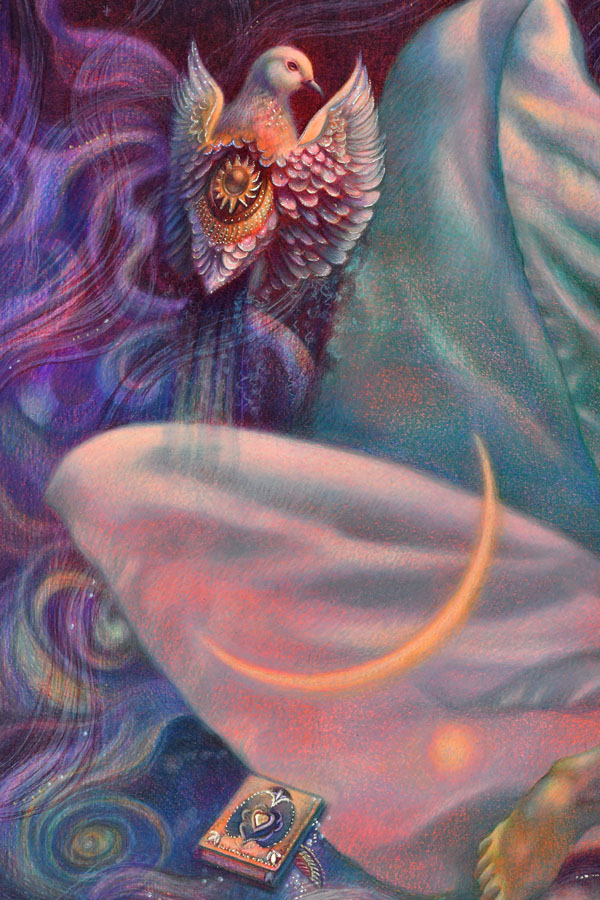
Normally I don’t use the stippling technique because it’s too time-consuming but if you have a subject calling for it, by all means use it. All four shading techniques can be used in colored pencil drawing of any subject – landscape, still life, portrait, etc.
If you’d like to learn more about colored pencil techniques, check out the video courses here: https://veronica-winters-art-school.teachable.com/
Happy drawing!
Art supplies:
- Drawing pad, bristol vellum
- Kneaded eraser
- koh -i-noor drawing paper, colored pencil
- Tombow mono eraser
- Drawing fixative
- Sennelier fixative for charcoal and pencil has a super fine spray mist, matte, high-quality
- Gamvar varnish for oil paintings, satin
- Brush for varnishing oil paintings
- Color Wheel
- Canson Colorline drawing paper is available in many colors and various thickness. You might find better choices at art supply online retailers
- Molotow metallic marker, gold
- How to color like an artist, coloring book for children and adults
- The colored pencil manual, art instruction book
